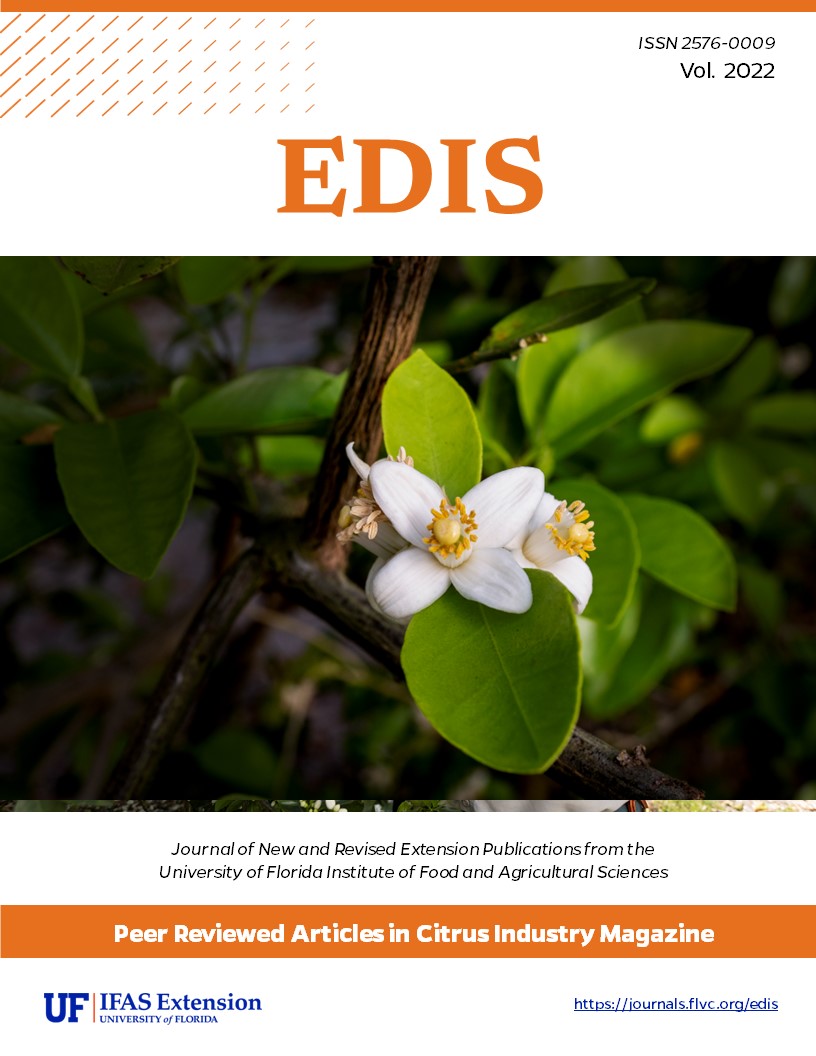Abstract
Citrus trees require water to be able to carry out the natural processes of growth, making food, and developing fruit and juice. To get the water from the soil, the fibrous roots do the extraneous work of absorbing the water and carrying it via the transpiration stream (or the water highway) to the leaves. The water in the soil is made available through either irrigation or rainfall. In this article, we will focus on how to use soil moisture sensors to determine how much to apply and how to use sensors for irrigation management.
References
Muñoz-Carpena, R., 2004. Field Devices for Monitoring Soil Water Content: BUL343/AE266, 7/2004. EDIS, 2004(8).
Schumann, A., Waldo, L., Kadyampakeni, D., Ferrarezi, R., & Oswalt, C. (2018). Using soil moisture sensors for citrus irrigation. Citrus Industry News. http://citrusindustry. net/2018/07/10/using-soil-moisture-sensors-for-citrus-irrigation.

